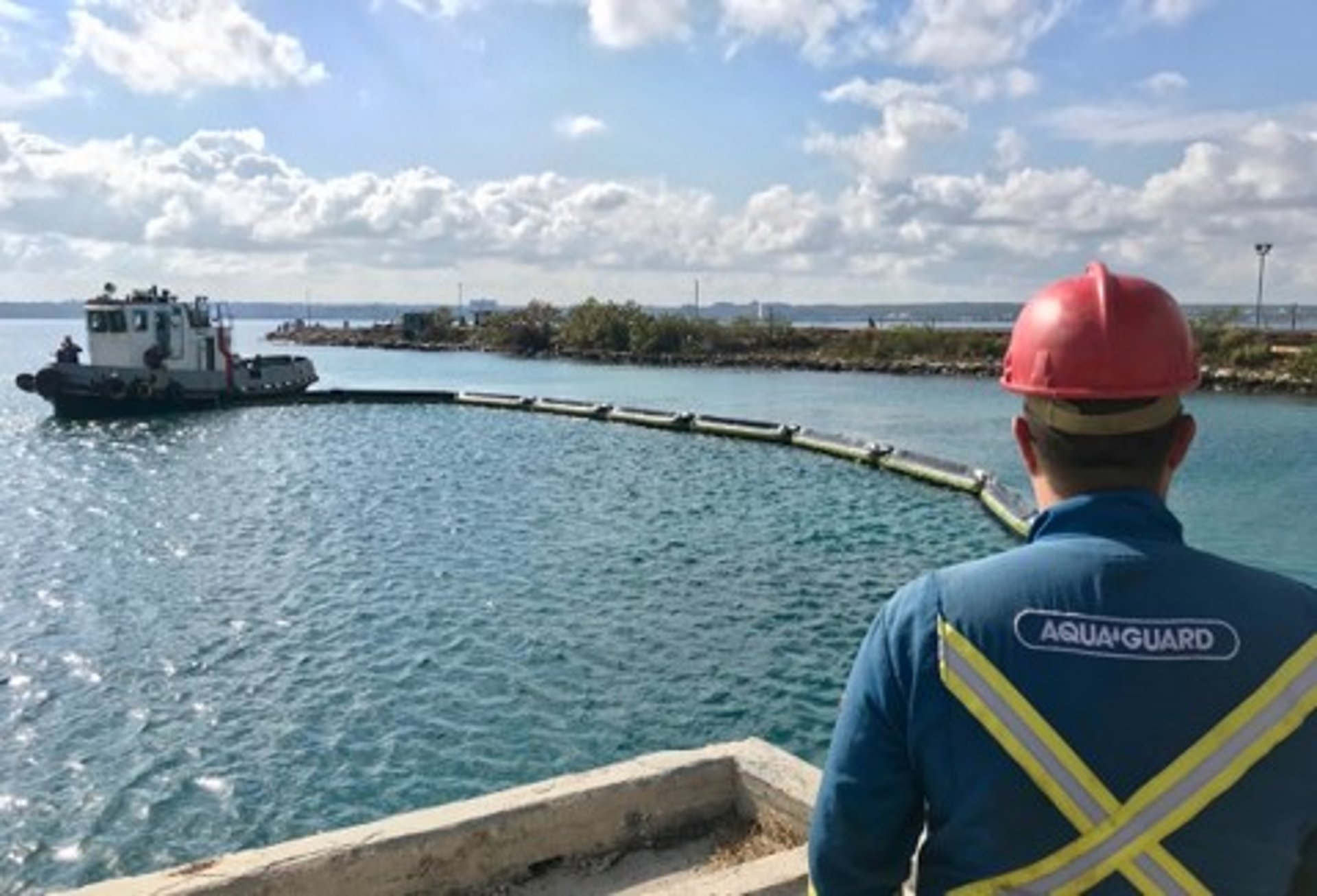Tailoring the Response: Adapting Oil Spill Strategies to Spill Type
Not all oil spills are the same, and neither is the response. From fast-spreading diesel spills to heavy crude oil slicks, each scenario demands a different approach. Discover how containment, recovery, and mitigation strategies shift depending on the type of spill, ensuring a swift and effective emergency response. In this guide, we break down response strategies for different types of spills and what you should do if you ever face one.
Val
7/12/20242 min read

Spills of Heavy Oil
How Heavy Oil Behaves:
Heavy oils are thick, sticky, and slow-moving. They spread across the water’s surface but may become partially submerged if mixed with debris or sediment. Their high viscosity makes them difficult to recover, and they tend to cling to shorelines, rocks, and marine structures. Over time, they can form tar-like residues that are tough to clean.
What to Do:
🔹 Safety First: Ensure no ignition sources are nearby, wear oil-resistant PPE, and stay upwind of vapors.
🔹 Contain & Control: Use sorbents, bunds, or barriers to prevent spreading.
🔹 Recovery Methods: Pump large spills, use sorbents for smaller ones, and document the spill with photos and samples.
🔹 Water Cleanup: Heavy oil can form emulsions when agitated, making skimming and mechanical recovery more effective than dispersants.
Spills of Diesel or Similar Fuels
How Diesel Behaves:
Diesel is lighter than water and always floats, but it spreads rapidly, forming a thin layer on the surface. While it does evaporate over time, it can still contaminate large areas and pose a fire hazard. In calm waters like harbors, natural dispersion is slow, and diesel can persist for longer periods.
What to Do:
🔹 Ensure Safety: Stay upwind, avoid ignition sources, and wear protective gear.
🔹 Containment & Recovery: Use sorbents, containment booms, or bunds. For large spills, use skimmers and vacuum trucks.
🔹 Protect Sensitive Areas: Shield water intakes, marine ecosystems, and vulnerable shorelines.
🔹 Avoid Emulsification: Do not spray water directly on diesel slicks; instead, guide them toward recovery zones using controlled water jets.
Spills of Petrol or Similar Fuels
How Petrol Behaves:
Petrol is extremely volatile and evaporates rapidly—75-85% can disappear within the first hour. It is highly flammable, with vapors capable of igniting even at low temperatures. While it floats on water initially, its toxic compounds can dissolve into the water column, causing environmental harm.
What to Do:
🔹 Immediate Evacuation: Clear the area and wait for trained firefighters to handle the situation.
🔹 Eliminate Ignition Sources: Turn off all engines, motors, and electrical devices. Ban smoking in the vicinity.
🔹 Minimal Cleanup Required: Petrol evaporates quickly, but toxic molecules can remain in the water column and settle into sediments.
Spills of Bulk or Containerized Chemicals
How Chemical Spills Behave:
Chemical spills vary widely in behavior. Some chemicals float, while others dissolve in water or sink. Some may react with water, producing toxic vapors or heat. Their effects depend on their chemical composition, making response efforts highly case-specific.
What to Do:
🔹 Identify the Chemical: Check hazard labels, MSDS sheets, or available documentation.
🔹 Contain the Spill: Use appropriate barriers to prevent spreading. Some chemicals require specialized absorbents or neutralizers.
🔹 Ensure Personal Safety: Wear chemical-resistant PPE and follow emergency response protocols.
🔹 Evacuate if Necessary: If the spill produces toxic fumes, ensure a safe distance is maintained.
Spills of Liquefied Natural Gas (LNG)
How LNG Behaves:
LNG is stored at extremely low temperatures and rapidly evaporates when spilled. It is colorless and odorless but can create freezing hazards upon contact with surfaces. As it evaporates, it can form an explosive gas cloud if it doesn’t disperse quickly.
What to Do:
🔹 Isolate the Area: LNG vapors can form explosive clouds, so keeping the spill contained is critical.
🔹 Do Not Use Water: Water can accelerate vapor release and worsen the situation.
🔹 Ventilation & Dispersion: Allow the gas to dissipate naturally in well-ventilated areas.
🔹 Monitor Surroundings: Be aware of potential asphyxiation risks in enclosed spaces.
Final Thoughts
Every spill is different, and a fast, informed response is key to minimizing damage. Having a solid action plan, proper equipment, and trained personnel can prevent minor spills from becoming major disasters.
Contact us
Whether you have a request, a query, or want to work with us, use the form below to get in touch with our team.


Location
3195 New Panaderos, Santa Ana, Manila, Metro Manila
Contacts
+63927 410 4369
info@gsoceanguard.ph

